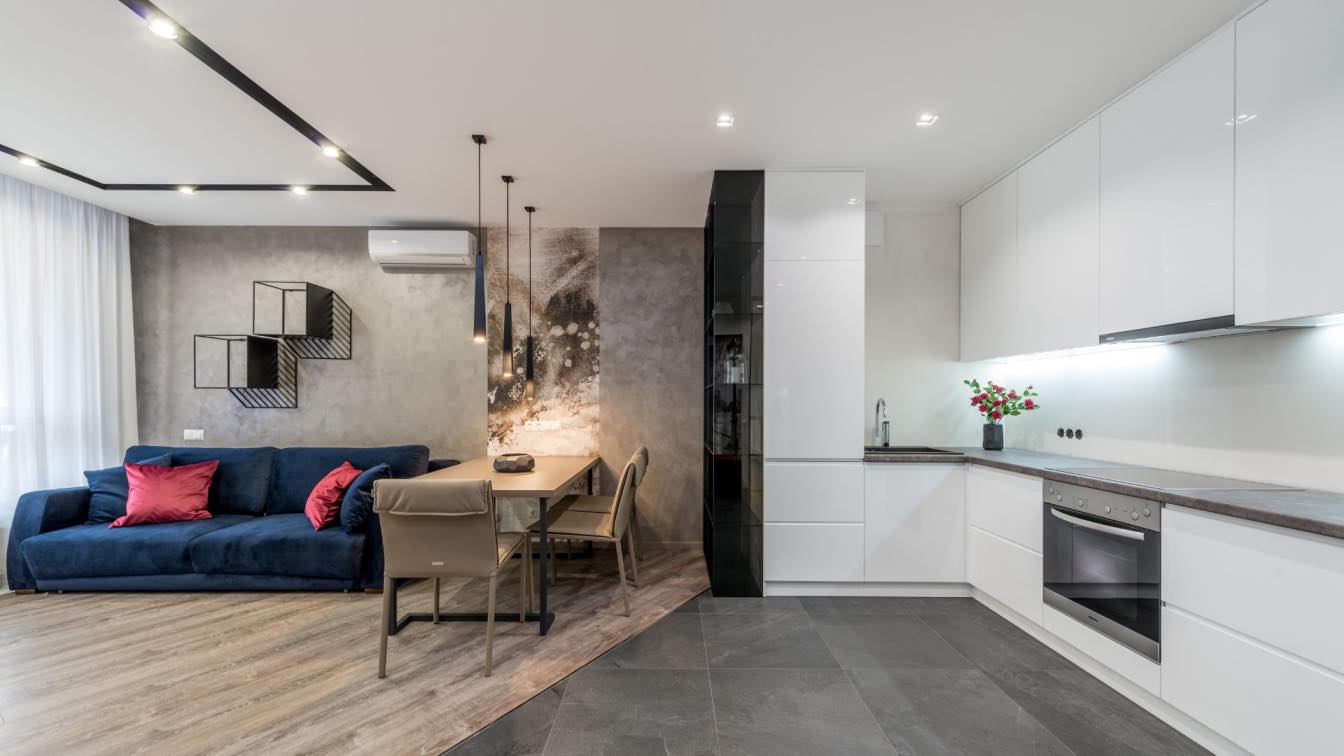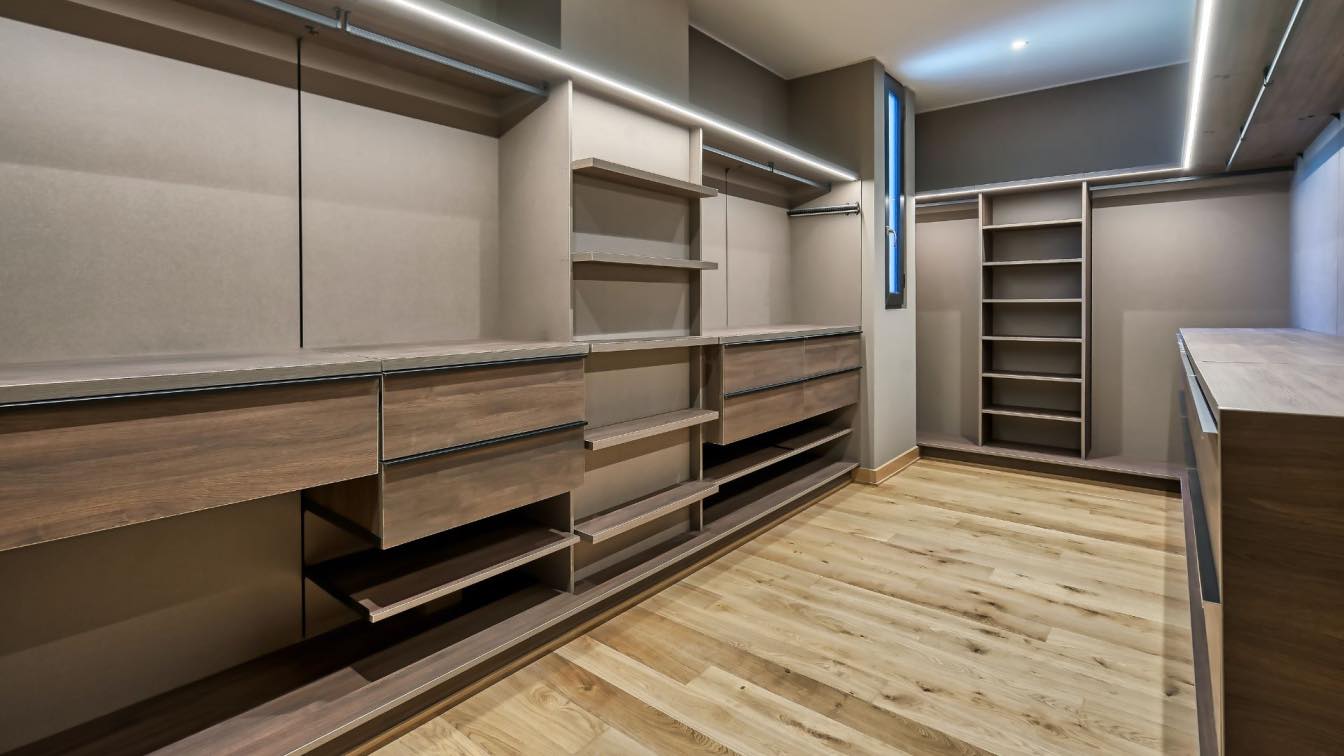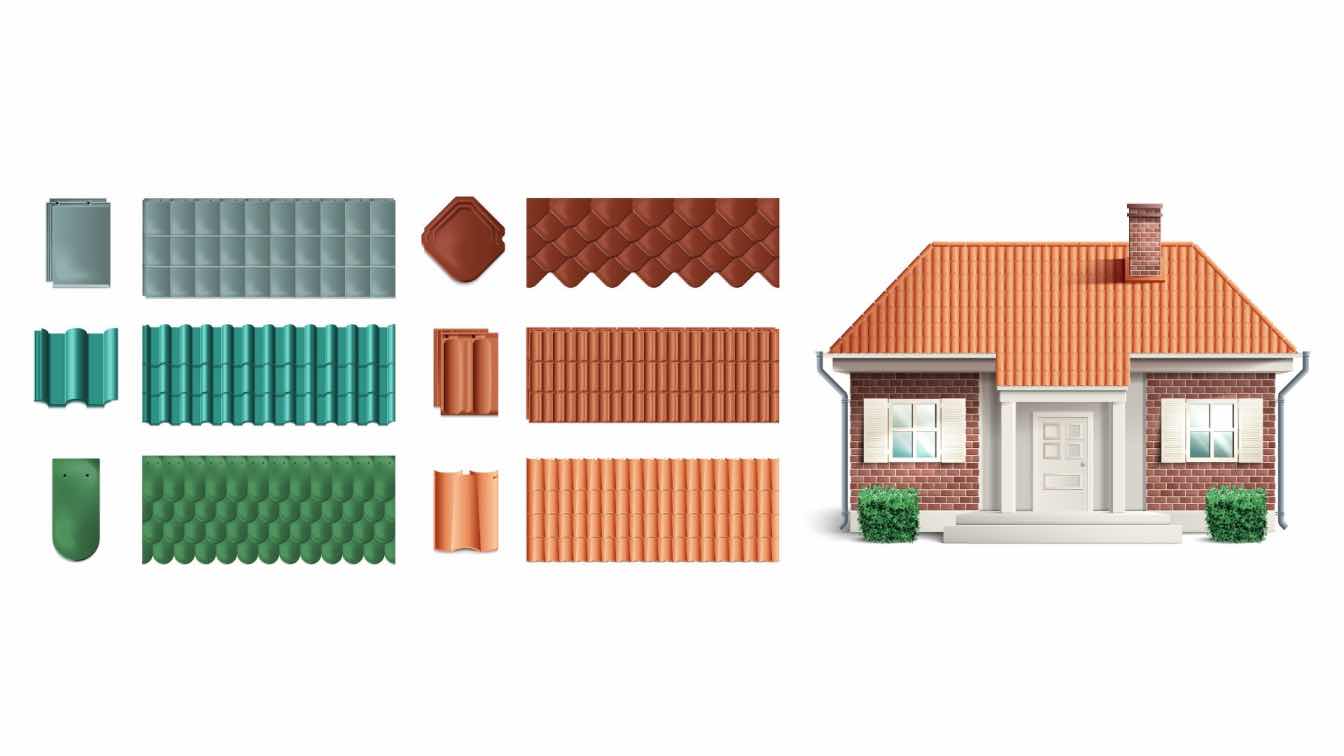In architecture, open-concept designs are celebrated for fostering connection, flexibility, and flow. This philosophy of openness isn't just for physical spaces; it has valuable applications in managing our financial lives. By adopting an "open-concept" mindset in your financial planning, you can create a system that is flexible, transparent, and adaptable to life's twists and turns.
This article explores how the principles of open-concept design can inspire a more thoughtful approach to structuring finances. With clear organization and the right tools, you can set yourself up for financial success.
The Foundation of Financial Openness
Every strong structure starts with a solid foundation. Financial openness begins with understanding your financial goals, your income and expenses, and a clear picture of your financial health.
Start With Clarity
Before you can build an open-concept financial system, take stock of where you stand:
1. Assess Your Income: Know how much you earn monthly, from salary to side gigs.
2. Track Your Expenses: Break down your spending into categories, such as essentials, discretionary, and savings.
3. Define Your Goals: Are you saving for a home, planning for retirement, or building an emergency fund? Specific goals guide your decisions.
Transparency is Key
Openness also means visibility. Use tools like budgeting apps or spreadsheets to track your financial activity in real-time. Transparency empowers you to spot inefficiencies and make better choices, much like how open-concept layouts reveal the flow of space in a home.
Creating Flexible Financial Systems
Flexibility is a hallmark of open-concept design. Similarly, a financial system should be adaptable to your changing needs. Life is unpredictable, and your finances should be ready to flex when needed.
Budgeting for Freedom
A flexible budget gives you control while allowing room for adjustments. Consider the 50/30/20 rule:
50% Needs: Essentials like rent, groceries, and utilities.
30% Wants: Dining out, entertainment, or hobbies.
20% Savings and Debt Repayment: Building financial security.
This structure ensures that your core needs are met while allowing you to adapt to unexpected expenses or opportunities.
Emergency Funds: The Safety Net
Just as architects design homes with safety in mind, your financial system needs a safety net. An emergency fund can cover unexpected expenses like medical bills, car repairs, or job loss. Aim to save three to six months' living expenses in an accessible account.
Tools for Financial Openness
While open-concept homes rely on clever design to maximize utility, your financial system benefits from the right tools. One powerful tool for fostering financial openness is an online checking account.
Why Online Accounts Matter
Online checking accounts are convenient, transparent, and often cost-effective. They offer features like:
24/7 Access: Manage your money anytime, anywhere.
Low or No Fees: Many online accounts waive maintenance fees or provide free transfers.
Automatic Features: Set up automatic bill payments or savings transfers to streamline your finances.
For example, imagine you're budgeting for a vacation. Such a checking account allows you to create sub-accounts or labels for specific goals, like travel savings. This keeps your funds organized and accessible without mixing them with everyday expenses.
By integrating these accounts into your financial system, you create a foundation of transparency and flexibility that mirrors the openness of a well-designed space.
Streamlining Your Financial Flow
An open-concept home facilitates seamless movement between rooms. Your financial system should also support effortless flow, ensuring that money moves efficiently between your accounts and toward your goals.
Automate Your Financial Processes
Automation simplifies your finances by reducing manual effort and the risk of missed payments. Here are some ways to automate:
Direct Deposits: Pay your paycheck directly into your account to save time.
Recurring Transfers: Automate contributions to savings or investment accounts.
Scheduled Payments: Avoid late fees by automating bill payments.
Automating routine tasks frees up mental space to focus on bigger financial decisions.
Simplify Your Accounts
Just as clutter disrupts an open-concept layout, too many financial accounts can create unnecessary complexity. To streamline your finances, consolidate accounts where possible. For example, having one primary checking account, a dedicated savings account, and an investment account can simplify your financial management.
Planning for the Future
Open-concept designs anticipate future needs, from growing families to evolving lifestyles. Similarly, your financial system should be forward-thinking.
Invest in Growth
Investing is a critical component of financial planning. Whether contributing to a retirement fund, buying stocks, or investing in real estate, consider how your decisions align with your long-term goals.
Review and Adjust
Financial plans aren't static. Schedule regular reviews to assess your progress and adjust as needed. Changes in income, expenses, or goals may require tweaks to your budget or savings strategy.
Conclusion
Just as open-concept designs invite light, air, and flow into a home, an open financial system creates opportunities for growth and adaptability. By building a clear foundation, integrating the right tools, and embracing flexibility, you can structure your financial life to handle challenges and seize opportunities.
Think of your financial system as a carefully designed space where every element has a purpose. With thoughtful planning and regular maintenance, you'll create a structure that supports your current needs and evolves with you over time.





